Abstract WP179: Clinical Outcomes in Acute Stroke in Patients Undergoing Emergency Intracranial Stenting Receiving IV Thrombolysis
Stroke Journal
FEBRUARY 1, 2024
In cases of stent-retriever thrombectomy failure, rescue stent angioplasty might be the sole option for achieving permanent recanalization. Among patients who underwent emergency intracranial stenting, 66 (30.6%) received intravenous thrombolytic treatment. 10.43, p=0.0325).Conclusions:The 10.43, p=0.0325).Conclusions:The




















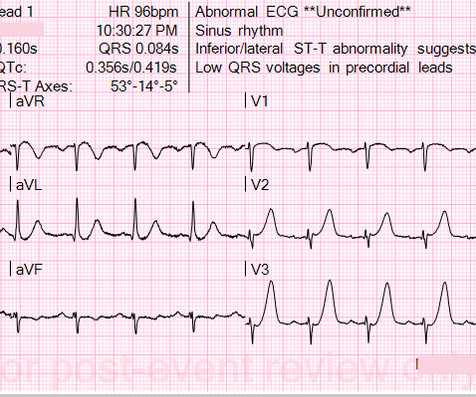
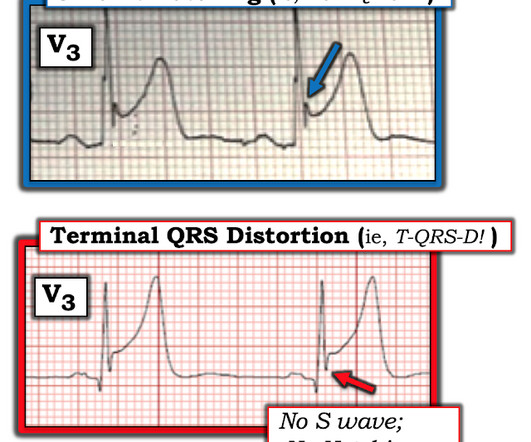

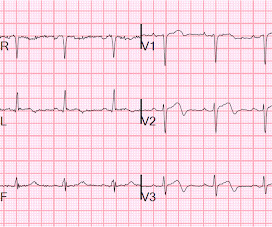
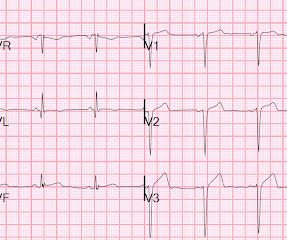
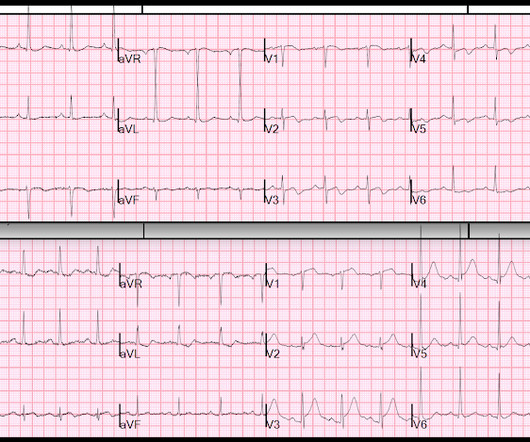






Let's personalize your content